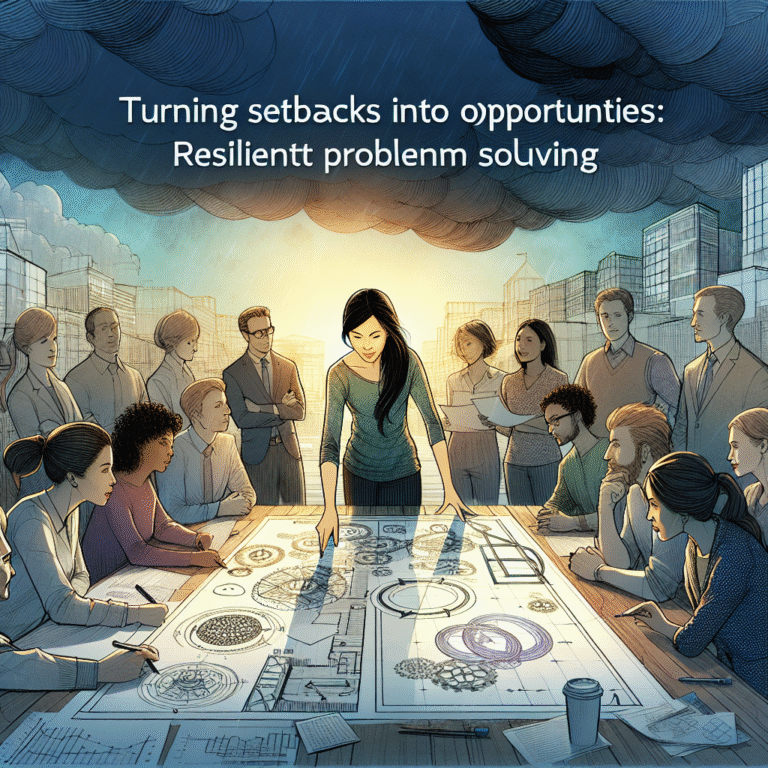
Introduction
Imagine waking up each day with a heightened sensitivity to everything around you—the scent of your favorite flowers, the taste of your meal, or even the texture of your clothes. For many, this heightened sense can either enrich life or become a burden. This notion of sensitization is vital in understanding our health and well-being. In this article, Breaking Down Sensitization: What It Means for Your Health and Well-Being, we will delve into the intricacies of sensitization and its implications for our everyday lives, ultimately empowering you with insights that can transform your approach to health.
What is Sensitization?
Definition and Mechanisms
Sensitization refers to the process by which exposure to a stimulus leads to an enhanced response to that stimulus upon subsequent exposures. This phenomenon can occur in various forms, ranging from sensory sensitization (where one becomes more aware of sensory inputs) to immune sensitization (where the immune system becomes overly reactive to allergens).
Key Types of Sensitization:
| Type of Sensitization | Description |
|---|---|
| Sensory Sensitization | Enhanced response to sensory stimuli (e.g., touch, taste, smell). |
| Emotional Sensitization | Increased emotional reactions based on past experiences. |
| Immunological Sensitization | Heightened immune response to specific allergens. |
Understanding these different types helps us connect the dots between sensitization and overall health and well-being.
Case Study: The Allergic Response
Consider Jane, a 30-year-old woman who develops a sudden allergy to pollen. After experiencing her first allergy attack, her immune system becomes increasingly reactive, leading to more severe symptoms with each seasonal exposure. This highlights Breaking Down Sensitization: What It Means for Your Health and Well-Being; Jane’s body has learned to overreact, affecting her daily routine and overall quality of life.
Analysis:
Jane’s experience illustrates how sensitization can lead to chronic health issues. It emphasizes the importance of awareness and proactive management of one’s health.
The Impact of Sensitization on Mental Health
The Mind-Body Connection
The process of sensitization isn’t limited to the physical. Psychological sensitization can occur, leading to increased anxiety or stress responses in similar situations. This connection can be seen through the lens of mind-body interactions where emotional responses can exacerbate physical health conditions.
Case Study: PTSD and Sensitization
Consider the case of a war veteran suffering from PTSD. After countless encounters with danger, the slightest sound—like a firecracker—triggers a heightened response reminiscent of past trauma. This exemplifies Breaking Down Sensitization: What It Means for Your Health and Well-Being, as the mind has become sensitized to a range of stimuli, making everyday life a challenge.
Analysis:
This case illustrates the importance of mental health resources and the need for interventions like therapy to help individuals process and reframe their experiences.
Sensitization and Chronic Pain
The Link to Chronic Pain Syndromes
Chronic pain conditions like fibromyalgia often involve a sensitization of the nervous system. In these cases, normal physical sensations are perceived as pain, leading to a significant reduction in quality of life.
Table: Types of Chronic Pain Syndromes
| Syndrome | Description | Sensitization Type |
|---|---|---|
| Fibromyalgia | Widespread musculoskeletal pain | Central nervous system sensitization |
| Chronic Fatigue Syndrome | Extreme fatigue lasting more than 6 months | Immune and sensory sensitization |
| Irritable Bowel Syndrome (IBS) | Abdominal pain and altered bowel habits | Gastrointestinal sensitization |
Case Study: The Fibromyalgia Experience
Lisa, a 40-year-old woman with fibromyalgia, describes her daily struggles with pain that feels as if her entire body is on fire. Her experience exemplifies how sensitization affects her mental and physical health, providing a real-world example of the concepts we’re exploring in Breaking Down Sensitization: What It Means for Your Health and Well-Being.
Analysis:
Lisa’s case emphasizes the need for multidisciplinary approaches—including nutrition, exercise, and mental health support—to manage heightened sensitivities in chronic pain situations.
Managing Sensitization: Strategies for Well-Being
1. Mindfulness and Meditation
Practices like mindfulness meditation can help manage emotional sensitization, allowing individuals to pause before reacting to stimuli. Emphasizing presence can aid in reducing anxiety and emotional overwhelm.
2. Nutrition and Sensitivity
Food sensitivities can manifest in physical reactions. Keeping a food diary can help identify and manage sensitizations effectively. Including anti-inflammatory foods may also play a role in reducing the sensitivity.
3. Cognitive Behavioral Therapy (CBT)
CBT is a proven method for addressing psychological sensitization. It helps individuals learn to recognize triggers and develop coping strategies, effectively reducing anxiety and emotional responses.
4. Physical Activity
Regular exercise is another powerful tool. It helps reduce overall pain and can decrease the sensitization experienced in conditions like fibromyalgia.
Conclusion
Breaking Down Sensitization: What It Means for Your Health and Well-Being involves recognizing the vast implications of sensitization on our lives. It’s not just about physical reactions; it’s about how our mental, emotional, and physical selves interact in profound ways. Being proactive—whether through mindfulness practices, nutrition, or therapy—can help you navigate sensitization’s complexities.
Inspiring Takeaway
Take charge of your health today. Whether it means seeking support for chronic pain, exploring mindfulness, or simply becoming more aware of your sensitivities, remember that understanding sensitization is a vital step toward improved well-being.
FAQs
1. What is the difference between sensitization and desensitization?
Sensitization is the process of becoming more reactive to stimuli, while desensitization refers to reducing or eliminating these reactions over time through repeated exposure or gradual engagement.
2. How does sensitization relate to allergies?
Sensitization in allergies occurs when the immune system mistakenly identifies harmless substances, like pollen, as threats, leading results in increased sensitivity and severe reactions during future exposures.
3. Can sensitization be reversed?
Yes, through various therapies, lifestyle changes, and sometimes medications, individuals can manage and even reverse certain types of sensitization, improving their overall health outcomes.
4. What role does diet play in sensitization?
Certain foods can trigger immune responses in sensitized individuals. Keeping a diary can be invaluable for identifying food sensitivities and taking steps to modify one’s diet to reduce symptoms.
5. Are children more sensitive than adults?
Children may exhibit higher sensitivity in both emotional and physical realms due to their developing brains and awareness of their environments. Learning to manage these sensitivities early can set the stage for healthier adulthood.
By comprehensively examining the facets of sensitization and its wide-ranging implications, this article lays the groundwork for better understanding one’s health in a compassionate and informed manner. Embrace this knowledge, and you might find that unlocking the mysteries of sensitization may just lead to a brighter, healthier future.














